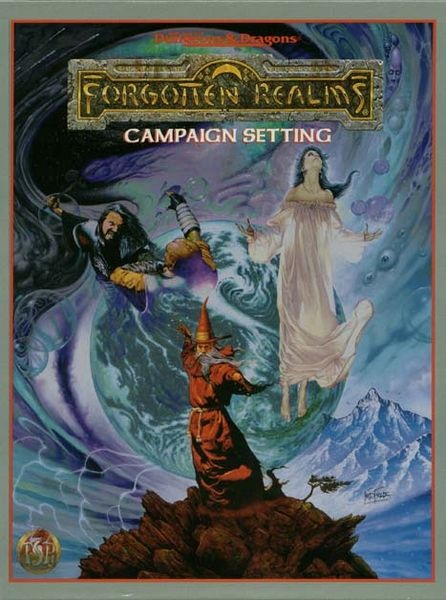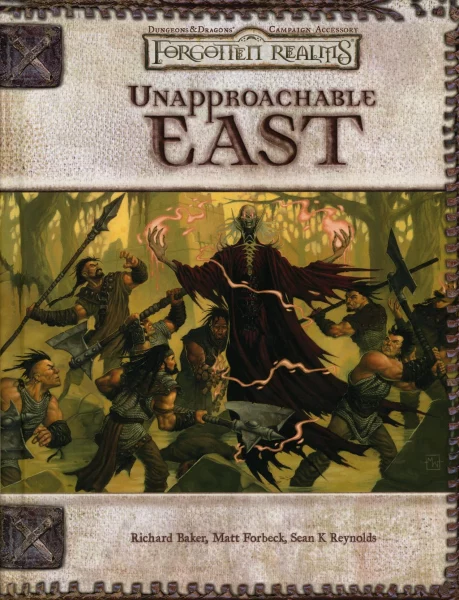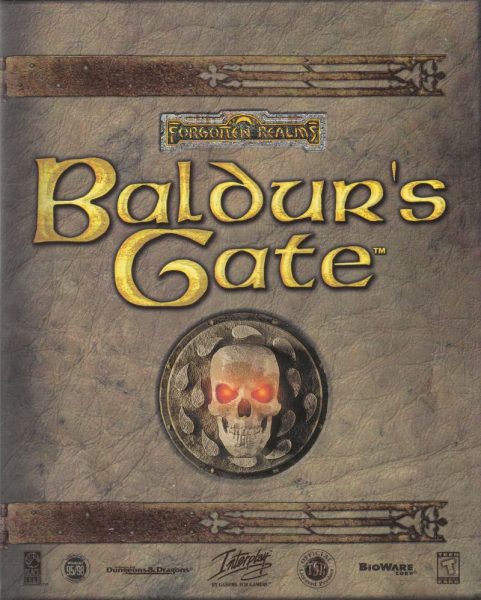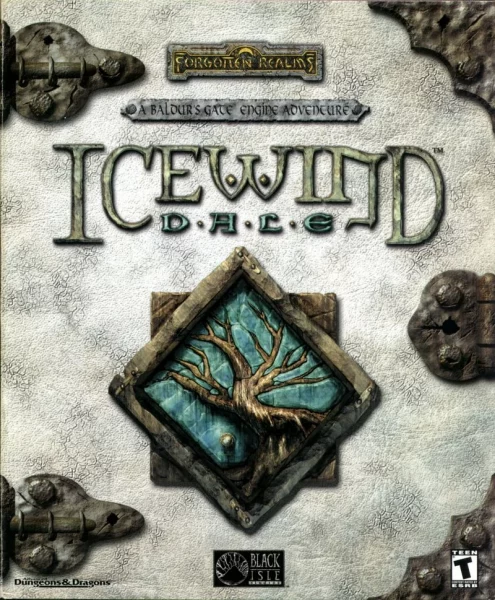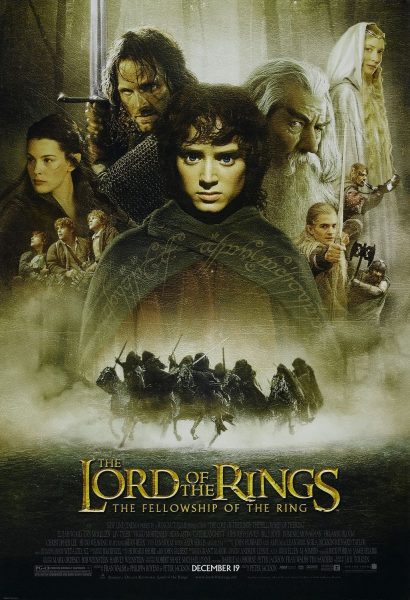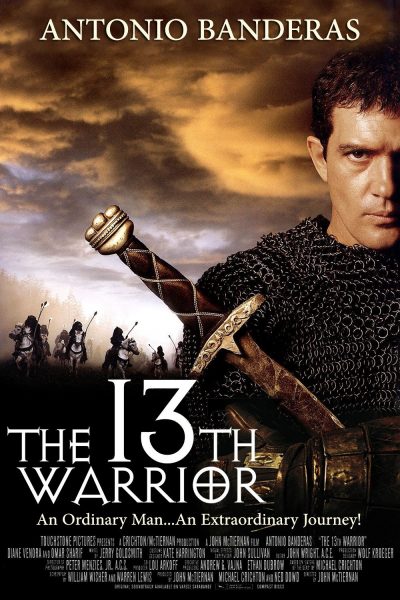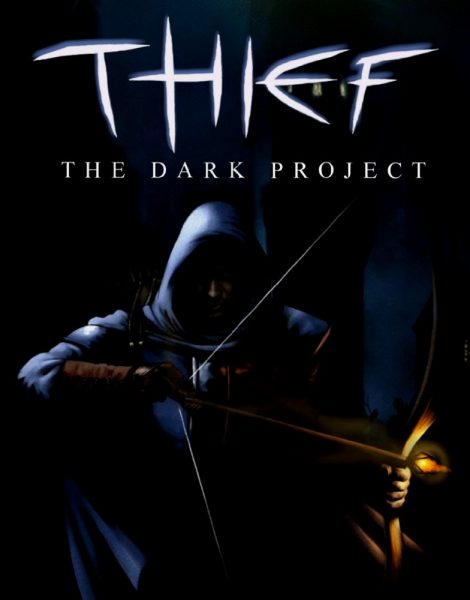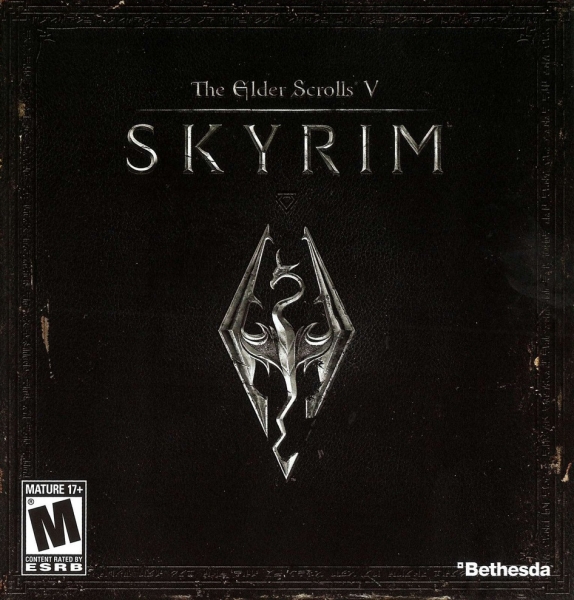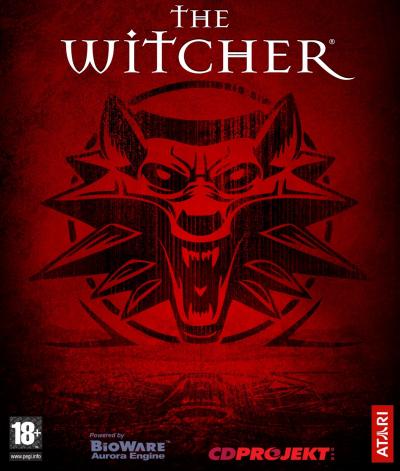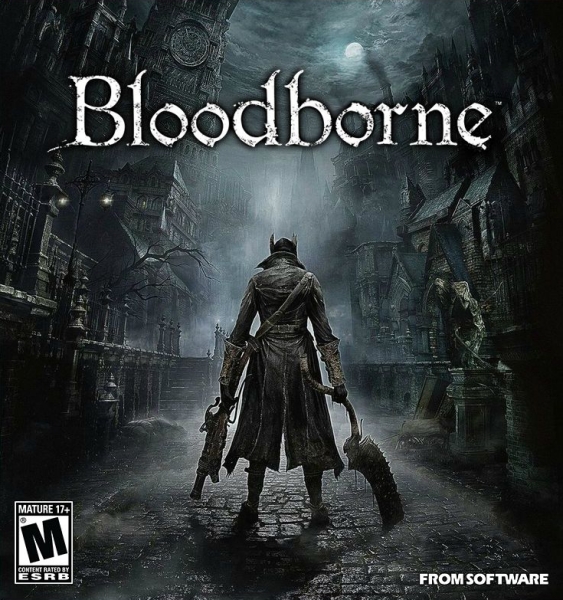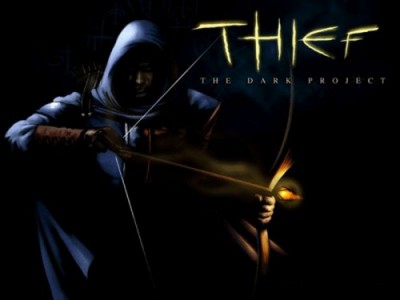So let my show you my loot haul.
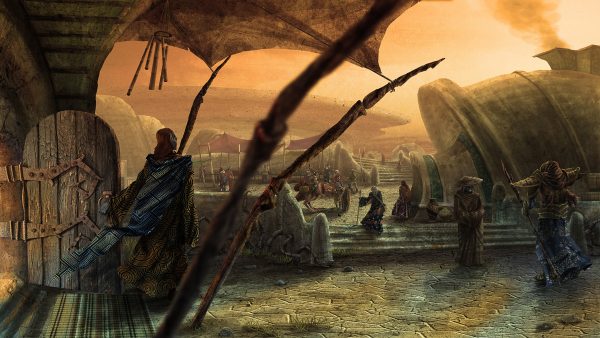
I am never able to restrain my gushing over the worldbuilding of Morrowind. While the gameplay of that game is of somewhat dubious quality and characters and quests leave a lot to be desired, the kind of very unique world it presents always had a huge influence on my perception of fantasy world, similar to Star Wars for space settings. There is a lot of the world of Morrowind, and to a small extend also Skyrim, that I am just blatantly ripping off for the new setting. The dominant civilization are strongly bases on the Dunmer and their three living gods, Almalexia, Sotha Sil, and Vivec. Except that in my setting, they are not a tribunal ruling over one kingdom, but three bitter enemies that go to war with each other on a near regular basis. The Camonna Tong and Morag Tong are very interesting templates for criminal organizations, and I like the way the Ashlanders represent the idea of barbarians who have escaped to the edges of civilization because they oppose the changes in traditions enforced by the god-kings.
I also think that the Redguard and Orsimer are quite interesting as well, at least as they are represented in Skyrim. I think I can use them for another urbanized kingdom to the south near the lands of the naga, and for the highland barbarians.
I also really like the way the Daedra fulfill the role of demons in the setting, though I want to take that idea and make it much more actually alien and weird. More Hermaeous Mora than Sheogorath. And of course, Morrowind is where I got the idea of the wildlife consisting primarily of various dinosaur-like reptiles and insectoid monsters instead of the typical familiar dogs, horses, cows, and pigs. I’ll definitely be reviving the honey caves ideas that was based on the kwama egg mines. I used them once and it was really fun.
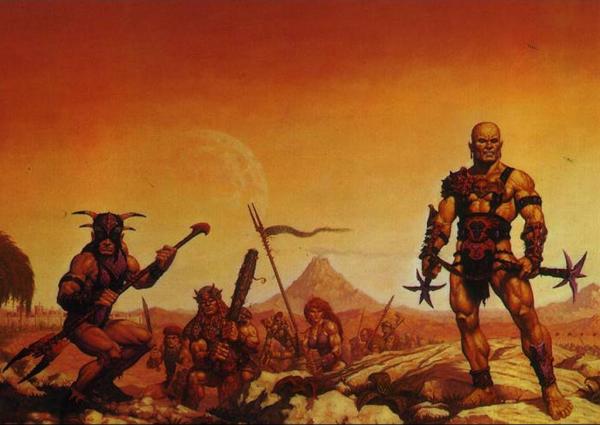 While I love the Dark Sun campaign setting for AD&D, the things that I see as worth stealing basically just mirror things that I’m already taking from Morrowind. The sorcerer kings are like the Tribunal, the Templars as their warrior-priest enforcerers are just like the Ordinators, and the approach to slavery is very much the same. I feel you can’t really evoke the style of a Bronze Age society that is different from a medieval one without large parts of the population and economy being slaves.
While I love the Dark Sun campaign setting for AD&D, the things that I see as worth stealing basically just mirror things that I’m already taking from Morrowind. The sorcerer kings are like the Tribunal, the Templars as their warrior-priest enforcerers are just like the Ordinators, and the approach to slavery is very much the same. I feel you can’t really evoke the style of a Bronze Age society that is different from a medieval one without large parts of the population and economy being slaves.
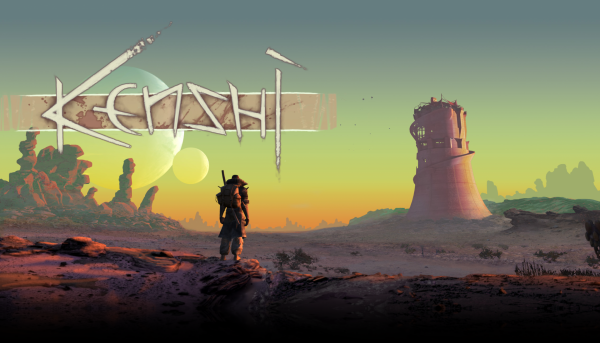 Various ideas with a similar style come from Kenshi. This weird little game is actually a lot like Dark Sun, except that before the world turned into a desert wasteland, it wasn’t a magical fantasy world but a technological sci-fi world. But in the state that it is now, life turns out to be very similar. My two favorite idea from this setting are the Shek and the Hivers. The Shek are a take on something not too different from orcs, and one of the main inspiration for the highland barbarians. The Hivers already served as the main inspiration for my take on slightly insectoid goblins. Which were one of the last things I created for Kaendor, but I think will be a much better fit here. One of the two main powers on Kenshi is the Holy Nation under their Phoenix King, who rules over a nation of slaves with the help of his elite Paladins. Yeah, basically the same points as covered by the Tribunal and Ordinators of Morrowind and the Sorcerer Kings and Templars of Dark Sun. The other one are the United Cities. Who are despotic slavers in their own right, but still come out looking much better from the Holy Nation. They gave me the idea to have a fourth nation of the dominant culture consisting of loosely allied city states in the coast that have banded together to stay out of the grasp of any of the god-kings.
Various ideas with a similar style come from Kenshi. This weird little game is actually a lot like Dark Sun, except that before the world turned into a desert wasteland, it wasn’t a magical fantasy world but a technological sci-fi world. But in the state that it is now, life turns out to be very similar. My two favorite idea from this setting are the Shek and the Hivers. The Shek are a take on something not too different from orcs, and one of the main inspiration for the highland barbarians. The Hivers already served as the main inspiration for my take on slightly insectoid goblins. Which were one of the last things I created for Kaendor, but I think will be a much better fit here. One of the two main powers on Kenshi is the Holy Nation under their Phoenix King, who rules over a nation of slaves with the help of his elite Paladins. Yeah, basically the same points as covered by the Tribunal and Ordinators of Morrowind and the Sorcerer Kings and Templars of Dark Sun. The other one are the United Cities. Who are despotic slavers in their own right, but still come out looking much better from the Holy Nation. They gave me the idea to have a fourth nation of the dominant culture consisting of loosely allied city states in the coast that have banded together to stay out of the grasp of any of the god-kings.
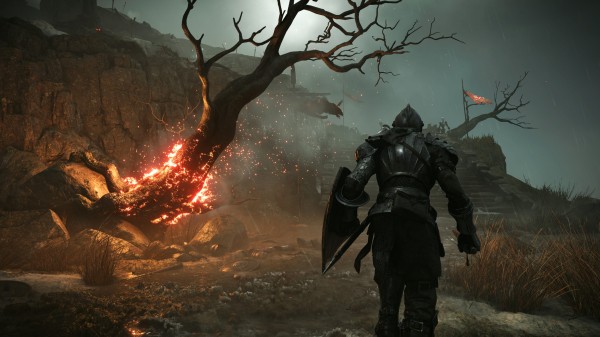 In the post about my ideas on magic and demons, I already mentioned Demon’s Souls. While the design styles of the setting is completely different from what I am going for, I find the supernatural concepts of the game very inspiring. The ideas that humans can become demons if they consume their energy opens very interesting possibilities, and the idea that regions can become shrouded in permanent fog while demons rampage inside of it is also really cool. The lands of Boletaria have little in common with what I am working on now, but conceptual ideas like these are pretty big in my mind.
In the post about my ideas on magic and demons, I already mentioned Demon’s Souls. While the design styles of the setting is completely different from what I am going for, I find the supernatural concepts of the game very inspiring. The ideas that humans can become demons if they consume their energy opens very interesting possibilities, and the idea that regions can become shrouded in permanent fog while demons rampage inside of it is also really cool. The lands of Boletaria have little in common with what I am working on now, but conceptual ideas like these are pretty big in my mind.
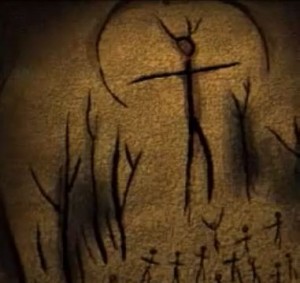 A very similar case is Thief. Another game I’ve been gushing about many times in the past. Again, the type of city that the series is set in looks nothing like the kind of cities that will be found in the new setting. But everything that has to do with the Pagans is just pure gold for what I have in mind. The Pagans are a reclusive cult that exists somewhere between druidism and rural demon worship. Exactly the kind of interactions I am going for with my spirit worshiping barbarians. I am actually pretty sure that this game is where I came across the idea originally. The Trickster demon-god and his leafy lieutenant are great spirits, and I totally love the witch that is the main antagonist in the third game as a villain that might work wonderfully in my campaign. I also think that the organization of the Keepers is a really cool archetype for a cabal of arcane scholars who have much more benevolent intentions than the demonic cults they oppose, but are far from being clear cut good guys either.
A very similar case is Thief. Another game I’ve been gushing about many times in the past. Again, the type of city that the series is set in looks nothing like the kind of cities that will be found in the new setting. But everything that has to do with the Pagans is just pure gold for what I have in mind. The Pagans are a reclusive cult that exists somewhere between druidism and rural demon worship. Exactly the kind of interactions I am going for with my spirit worshiping barbarians. I am actually pretty sure that this game is where I came across the idea originally. The Trickster demon-god and his leafy lieutenant are great spirits, and I totally love the witch that is the main antagonist in the third game as a villain that might work wonderfully in my campaign. I also think that the organization of the Keepers is a really cool archetype for a cabal of arcane scholars who have much more benevolent intentions than the demonic cults they oppose, but are far from being clear cut good guys either.
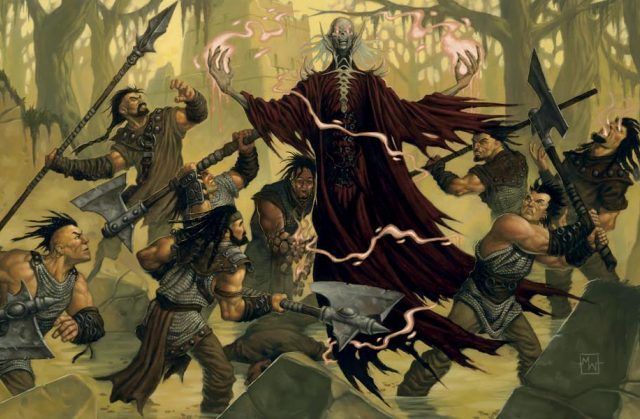 Something I remembered only a few days after I’ve already been tinkering with ideas for a coherent setting concept was my experiences with diving deep into the published setting material for the Unapproachable East region of the Forgotten Realms. When I decided that I want to make a new setting from scratch that better represents the ideas I am interested now than organically grown tangle that Kaendor had become after close to a decade of trial and error, I made a decision to stay away from any Dungeons & Dragons or Middle-Earth material. But as I did mention in my post about reading through the various sourcebooks, there actually is fairly little of the typical Fantasyland™ stereotypes in that section of the Forgotten Realms. There’s no orcs, dwarves, drow, mind flayers, or beholders to be found anywhere, or mentions of trivial teleportation or magic item shops. It is quite strongly inspired by medieval Eastern Europe, but scratch a bit away at the paint and there’s actually a lot of stuff that I think can go straight into my new setting. My final thoughts had been that the setting material that existed for the region was full of great ideas, but at such a surface level of detail that you would still basically have to create your own content that is inspired by those prompts to run a great campaign. And in that case I could just make a new world myself. And now seems like a perfect time to completely carve up that setting and scavenge it for its most interesting parts!
Something I remembered only a few days after I’ve already been tinkering with ideas for a coherent setting concept was my experiences with diving deep into the published setting material for the Unapproachable East region of the Forgotten Realms. When I decided that I want to make a new setting from scratch that better represents the ideas I am interested now than organically grown tangle that Kaendor had become after close to a decade of trial and error, I made a decision to stay away from any Dungeons & Dragons or Middle-Earth material. But as I did mention in my post about reading through the various sourcebooks, there actually is fairly little of the typical Fantasyland™ stereotypes in that section of the Forgotten Realms. There’s no orcs, dwarves, drow, mind flayers, or beholders to be found anywhere, or mentions of trivial teleportation or magic item shops. It is quite strongly inspired by medieval Eastern Europe, but scratch a bit away at the paint and there’s actually a lot of stuff that I think can go straight into my new setting. My final thoughts had been that the setting material that existed for the region was full of great ideas, but at such a surface level of detail that you would still basically have to create your own content that is inspired by those prompts to run a great campaign. And in that case I could just make a new world myself. And now seems like a perfect time to completely carve up that setting and scavenge it for its most interesting parts!
The barbarians and witches of Rashemen look like a great starting point for my forest barbarians. I planned for them to have a Baltic style anyway, so the weird mix of Slavic and Germanic elements should be pretty easy to switch out. The Red Wizards of Thay in their original incarnation are just what I need for one of the three god-king nations. Blend them together with House Telvanni from Morrowind and you got a great magical oligarchy. The barbarians of Narfell are more steppe nomads as presented, but I think I can still take a good amount of stuff from them for my highland barbarians. I think I also want to have something like the ancient demon summoners of the Nar Empire whose ruins are still slumbering under the ground, many still haunted by summoned demons. I’ve long been fascinated by what snippets I had read about the independent city Telflamm and its Shadowmasters thieves guild. As it turned out those snippets were really all there is about them, and this is now a great opportunity to have some fun with expanding them. And finally there’s the kingdom of Impiltur, which is really more an alliance of city states than a centralized nation. And as such the second inspiration for the alliance of city states that oppose the god-kings, together with the United Cities of Kenshi.
While outside of this specific region, the biggest disappointment for me when reading the classic Forgotten Realms material was the city Westgate and its Night Masks thieves guild. I thought these were something big like Baldur’s Gate or Silverymoon, but the actual content is severely underwhelming. I want to make the port city of crime and vampire assassins that I envisioned a reality.
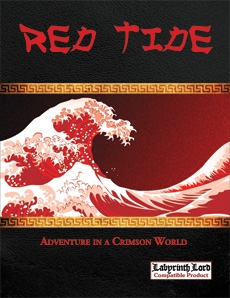 Finally, another important resource that I added to my pile is Red Tide. When this resource on running sandbox campaigns came out in 2011, it made quite a splash, and when you read it for the first time without much knowledge about running sandboxes, it’s really quite amazing. The setting that is presented is quite interesting, but there’s not a lot worldbuilding ideas that I find useful to copy. Much more important are its thoughts on how you set up and expand a sandbox campaign. The tools provided in the book where later overhauled in Spears of the Dawn and then more recently in World Without Number, but I actually really like the version in this one a lot more. The most interesting to me is the system for creating courts with just a very small number of NPCs and conflicts and complications between them. With the way that I envision the new campaign to play in practice, dealing with the important leaders of other strongholds, villages, clans, cults, and gangs will probably be a primary driver of the action. The tables for creating villages with interesting local problems might also come in very handy at a later point. And while I don’t expect there to be an awful lot of dungeons in the campaign, the ruins sites tables might also turn out a quite useful tool when the antics of the players require new content to be welded together on very short notice.
Finally, another important resource that I added to my pile is Red Tide. When this resource on running sandbox campaigns came out in 2011, it made quite a splash, and when you read it for the first time without much knowledge about running sandboxes, it’s really quite amazing. The setting that is presented is quite interesting, but there’s not a lot worldbuilding ideas that I find useful to copy. Much more important are its thoughts on how you set up and expand a sandbox campaign. The tools provided in the book where later overhauled in Spears of the Dawn and then more recently in World Without Number, but I actually really like the version in this one a lot more. The most interesting to me is the system for creating courts with just a very small number of NPCs and conflicts and complications between them. With the way that I envision the new campaign to play in practice, dealing with the important leaders of other strongholds, villages, clans, cults, and gangs will probably be a primary driver of the action. The tables for creating villages with interesting local problems might also come in very handy at a later point. And while I don’t expect there to be an awful lot of dungeons in the campaign, the ruins sites tables might also turn out a quite useful tool when the antics of the players require new content to be welded together on very short notice.

